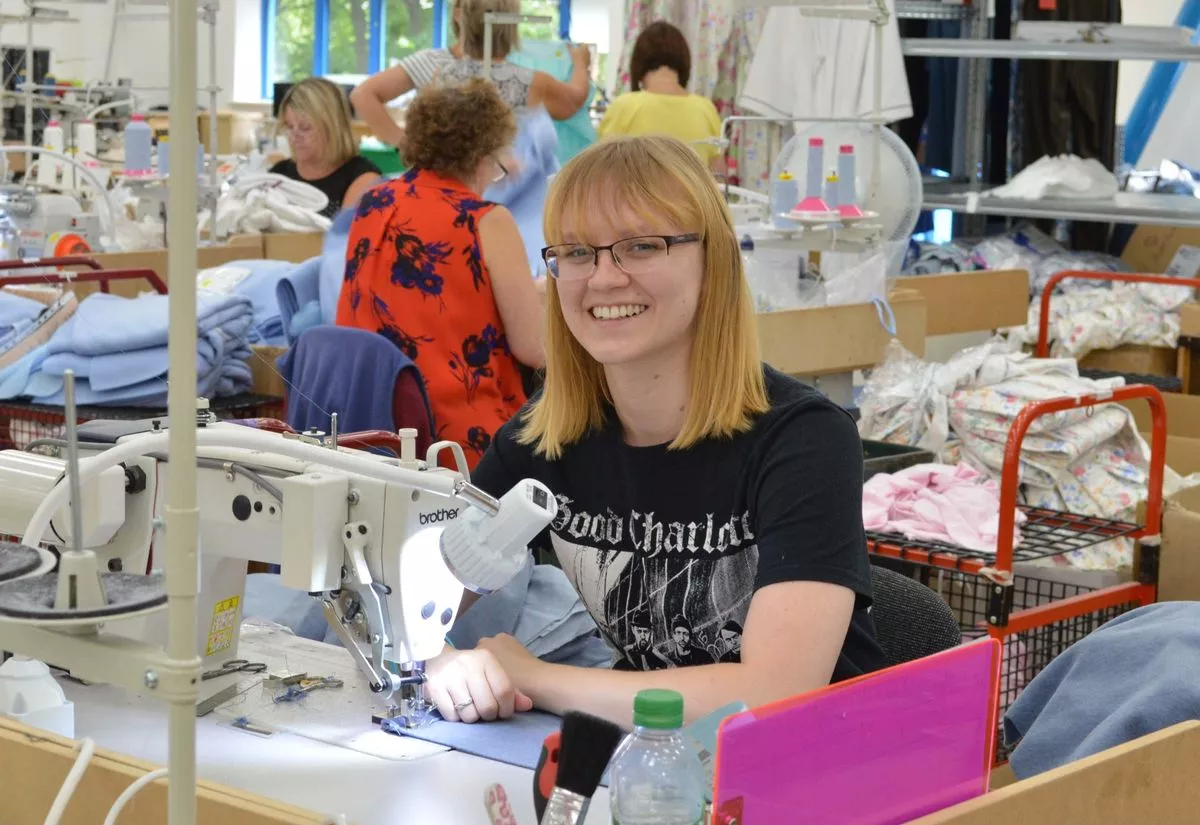As global fashion supply chains continue to adapt to geopolitical tensions and environmental imperatives, British fashion manufacturing is experiencing an unexpected resurgence. A combination of rising import tariffs, supply chain fragility, and increased sustainability legislation is making domestic production attractive once again.
A recent report by the UK Fashion and Textile Association (UKFT) reveals that inquiries for local sourcing have risen by 35% since late 2024. Luxury houses such as Burberry and emerging brands like Phoebe English are expanding British workshops, with a focus on low-waste pattern cutting, regenerative textiles, and artisan-level finishing.
Government initiatives are playing a role too. “Made Smarter” and the “UK Manufacturing Renaissance” grants are helping SMEs digitize their operations and improve energy efficiency. At the same time, public sentiment toward ethical consumption is rising—especially among younger consumers and export clients demanding full traceability.
Challenges remain: skilled labor shortages, high operational costs, and a lack of industrial-scale facilities hinder mass scalability. However, advocates argue that British manufacturing should not aim to compete on volume—but rather on quality, craftsmanship, and design-led innovation.
UK-based production also allows for tighter feedback loops between designers and makers, faster turnaround times, and a reduction in emissions linked to global transport. With upcoming EU-style regulations expected to mandate environmental disclosures, local sourcing may soon offer not just a cultural edge, but a compliance advantage.
If momentum holds, Britain could see the emergence of regional micro-factories and cooperative production models—redefining what “Made in the UK” means for the 21st-century fashion economy.
